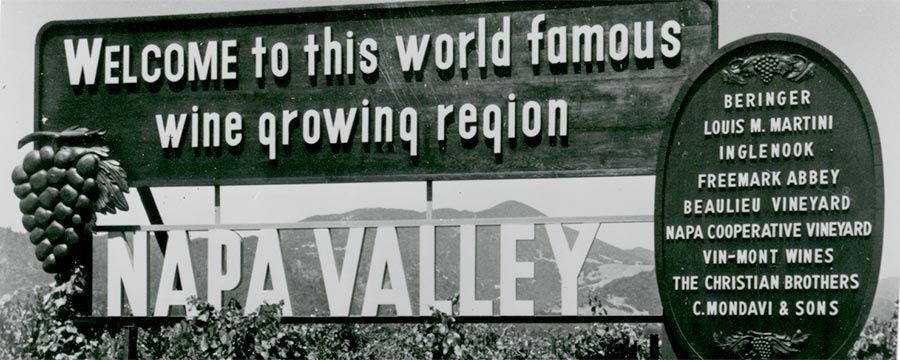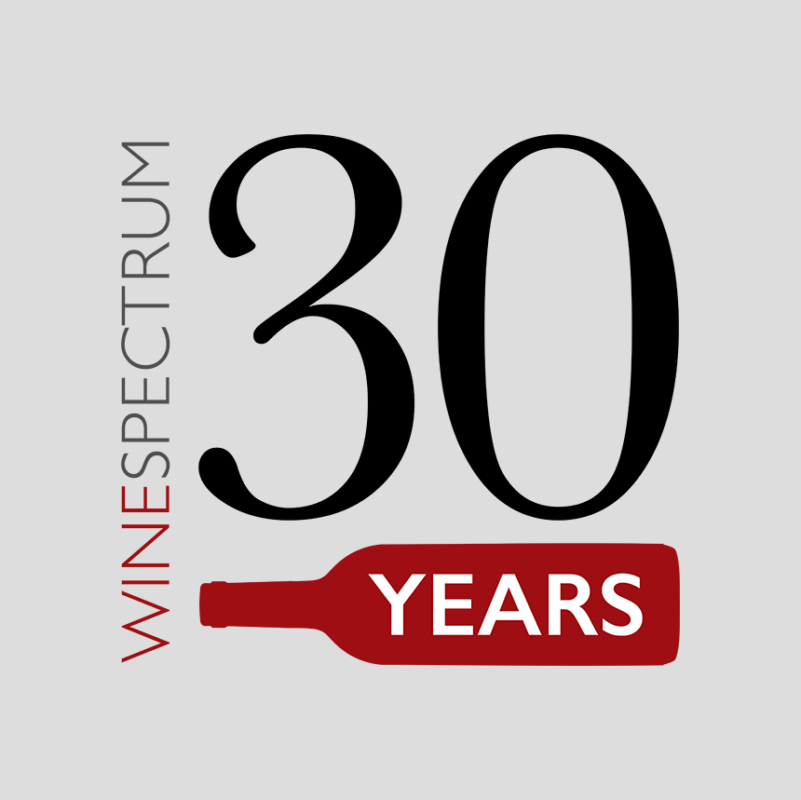News
A Peek Into Napa Valley
This week we are taking at look at one of the most well known AVA’s of them all, the Napa Valley. This heavy hitter of the wine world is also divided into sixteen sub regions and home to over 400 wineries. If the numbers alone don’t knock your socks off, consider that some of the most exclusive wineries in the world including Harlan, Screaming Eagle, Opus One, and Caymus have all found a spot within the Napa Valley to call home.
Recognized officially in 1981, Napa Valley became California’s first AVA. Though just 30 miles long and a few miles wide, Napa Valley is home to diverse microclimates and soils uniquely suited to the cultivation of a variety of fine wine grapes. Only 2% of the world enjoys a dry Mediterranean climate. In Napa Valley this generous climate provides vintage-to-vintage consistency and exceptional quality that few other winegrowing regions can boast. Because of its unique geologic history, Napa Valley has a remarkable diversity of microclimates, weather and geography, as well as some of the most diverse soils found on earth. As a result, an array of premium wine grapes thrives here. Among the internationally acclaimed wines produced in this small region are Cabernet Sauvignon, Merlot, Pinot Noir, Chardonnay, Sauvignon Blanc, Zinfandel and Cabernet Franc.
In spite of its international renown, Napa Valley is one of the smallest winegrowing regions in the world, with only one-eighth the planted acreage of Bordeaux. Nearly all wineries (95%) are family owned businesses. The region’s established viticultural practices result in low yields of high-quality grapes, from which skilled winemakers craft Napa Valley’s renowned wines.

Napa Valley Fun Facts
– The first commercial wine was produced in 1858 and sold for only $2.00 a gallon!
-The Paris Wine Tasting of 1976 was a turning point for Napa Valley (where a Napa Valley wine bested some of the most famous French labels in a blind tasting)
-Almost 4.5 million people visit Napa Valley each year, making it one of the world’s top locations for enotourism (aka wine tourism)



